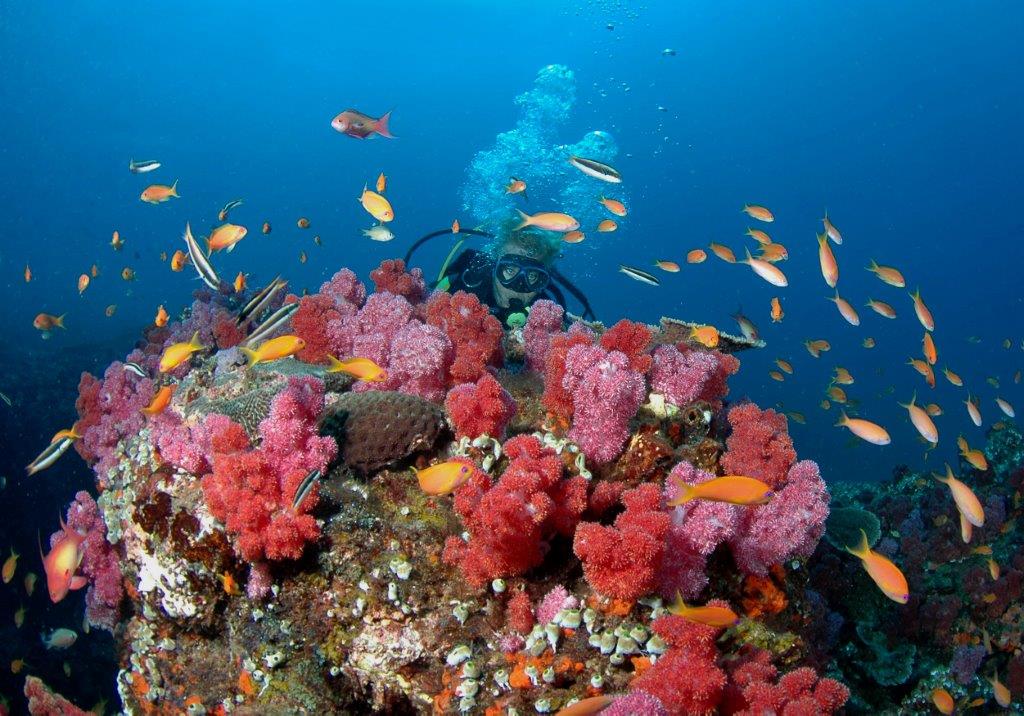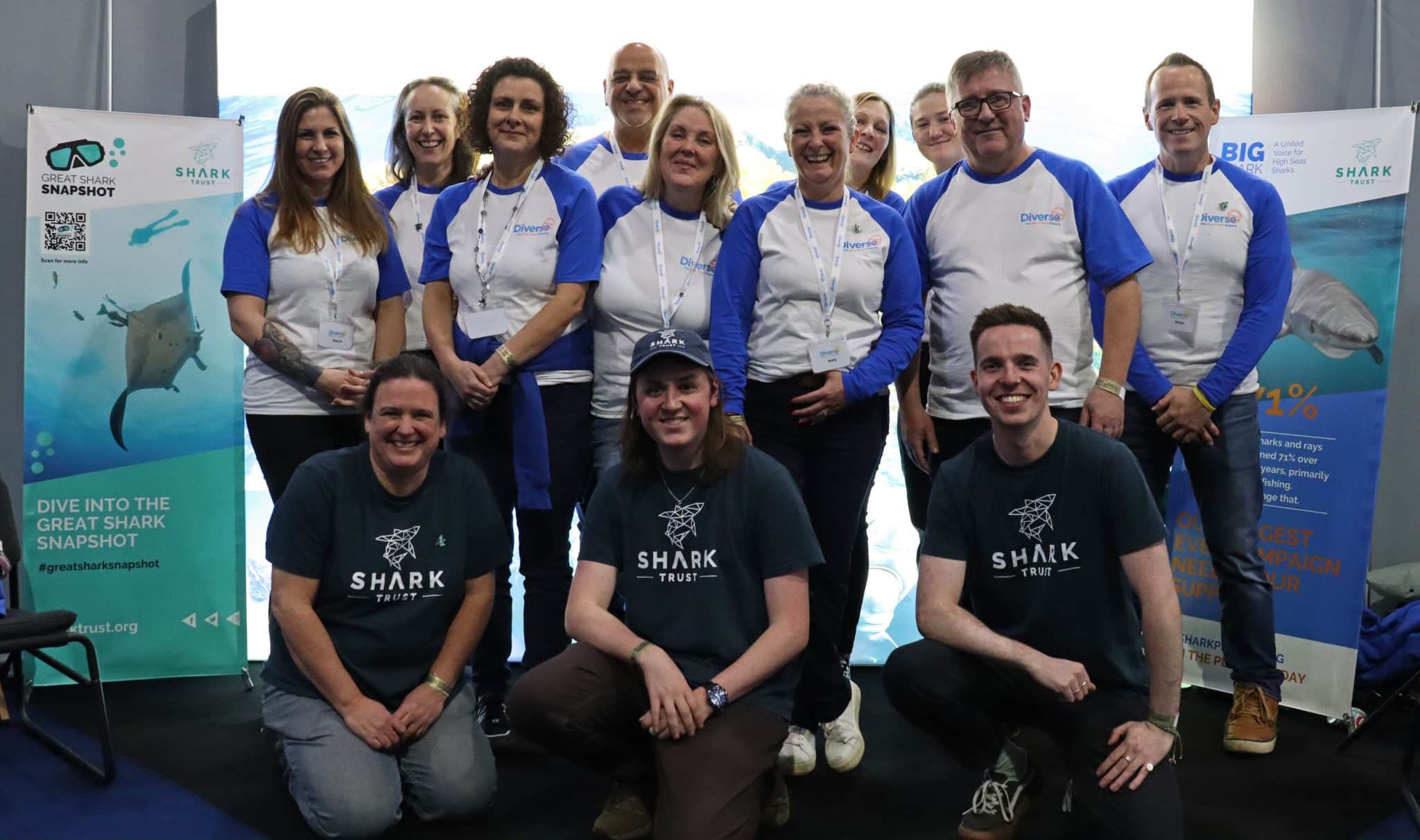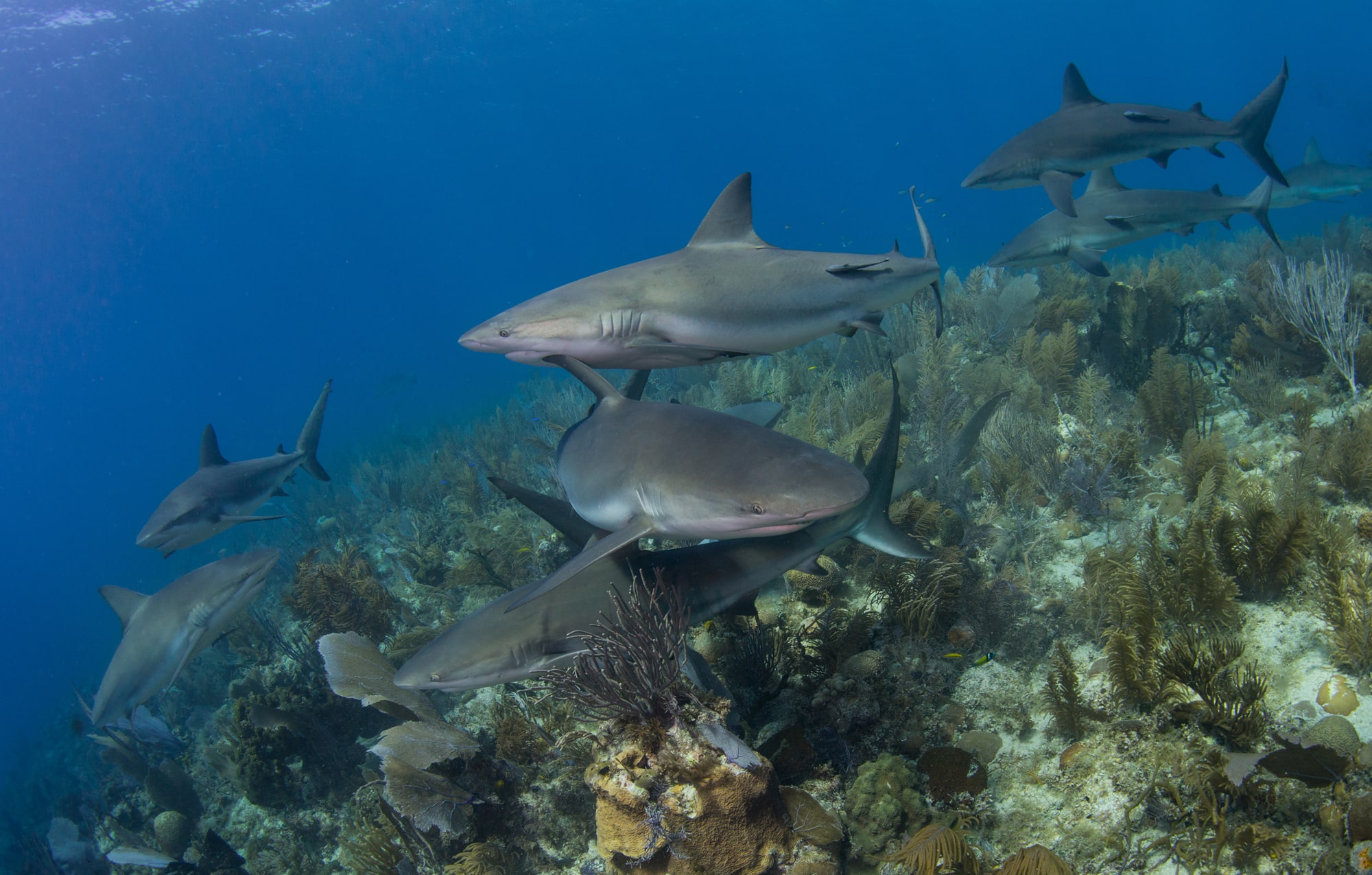Marine Life & Conservation
Diving with the Ocean Sunfish or Mola Mola

Each year, between August and November, the Ocean Sunfish or Mola Mola come to the clean, clear waters off the East Coast of Bali near the island of Nusa Penida to be cleaned and groomed.
Diving with them gives you the adrenaline rush of diving with Great Whites in the Cape but without the protection of a cage. However, the danger comes not from the fish but from the sea itself.
These are volcanic islands, and the sea bed is often hundreds of metres below. The cleaner stations are in Crystal Bay and Manta Point, which are both subject to tidal fluctuations and unpredictable current changes, with vertical walls where the swirling currents can drag a diver down before he can react. To dive there at all you should always take an experienced guide. This is diving at its most unpredictable, and all the early diver training skills come into play. This is where things can go wrong and you have to be very aware of the dangers.
As always with diving, nobody can guarantee a sighting of anything in nature. In Mola Mola season the whole Balinese diving community is focused on the sightings. The sunfish don’t always come and only the best dive guides can predict with any certainty where they will be. Factors that play a role are tides, currents and of course the unpredictable whimsy of large marine animals.
The sea was rough, and we only kitted up once we had arrived at Nusa Penida. There we were given a full briefing on how to behave around the Mola Mola. I felt heavily over-weighted, as though I had an extra 5kg on my weight belt, and inflated my BC a little. Then I realized it was not weight, it was current, and the downward pull was so strong that I had to fin like hell just to stay in one place. At last we reached the cleaner station, and there he was, massive, primitive, his vestigial tail already being picked at by banner fish. Our first Mola Mola.

I slowly circled round the animal, filming as I went. Once I had reached the other side of him the cameras kicked in and the water was filled with photographers with their apertures wide open and their shutter speeds on slow… taking hundreds of pictures of this amazing creature.
He obligingly hung for 12 minutes while all around him the cameras went ballistic, bony mouth half open, hard round tongue visible, gulping and gasping with his huge round eyes staring into the deep, apparently oblivious of the divers all around him. The banner fish swarmed around him, picking off parasites, burrowing into wounds, sucking up the debris. Then he seemed to get bored, turned his back on us and with a leisurely flick of his fins, vanished into the distance.

In the days that followed we explored several more dive sites fruitlessly looking for another Sunfish, and our persistence was eventually rewarded.
We could not even enter Crystal Bay as the tide was low, the currents dangerously unpredictable, and Parman felt we should try Manta Point again; at least we could look at the pelagic mantas if nothing else.
This time we were alone, there were no other photographers, and we had no expectation of seeing anything, when suddenly out of the misty blue a Mola Mola arrived, totally unselfconscious, posing for photography… and then another arrived, also relaxed, ready for a grooming.

The Ocean Sunfish are bony fish, with large lateral fins like a whale, but they hang vertically in water like blaasops, and they used to be classified scientifically as Molidae until fairly recently.
Viewed side on, they are huge, like oval elephants, but from behind they are almost 2 dimensional, like a playing card. They seem to get a lot of parasites in their vestigial tails, which are not actually tails at all, but in fact a fusion of their dorsal and anal fins to make a sort of rudder, called a caudus. This is flat, rounded and scalloped, a bit like pie crust. There are 12 fin rays in the caudus and it is here that the parasites lodge. It is because of this that Mola Mola need help at cleaner stations.
They are by far the world’s most prolific egg laying fish. Their eggs scatter over vast areas, and the baby sunfish look a little like puffer fish, and bear little resemblance to their bizarre parents in their early years. They are born with a tail fin, which eventually fuses with maturity and have all the normal bony spines characteristic of the puffer fish or blaasop. They swim in schools to start with, only becoming solitary as they reach sexual maturity.
The adults are huge animals, growing up to 3 metres across and weighing around a ton, making them the largest bony fish in the ocean.
So how do they sustain this huge bulk? They mainly eat jelly fish, plankton, small fish and zooplankton. When you compare the small round mouth of the Mola Mola with the massive mouth of a whale shark, they must spend most of their time trying to ingest enough food to sustain this bulk. They suck water and food in through the mouth and their teeth have fused into a beak-like structure, while they have crushing teeth at the back of the throat that enable them to tear crustateans into smaller bits.
Speculation is that they are extremely vulnerable to the cold, as they are sometimes seen lying near the surface on their sides looking dead. The scientists think this is to expose as much of their bulk as possible to the sun and certainly they cannot survive cold oceans, preferring temperatures of over 10 degrees. This makes finding enough food difficult, as zoo plankton and jellies mainly occur where there is a cold upwelling or current flooding in from the colder depths of the ocean. To obtain sufficient food it is thought they may also have to dive down to great depths, as side-catch Mola Mola deaths have revealed stomach contents from vegetation and shrimps living at depths below 200 metres. Their cumbersome structure makes travel fairly slow and by swishing the dorsal and ventral fins they can only travel at a rate of up to 26 km a day.
Diving with this animal was an absolute revelation and a huge privilege. It was really worth the long flight, the tedious hours waiting for planes, the interminable boat rides, braving the dangerous currents and staying calm when all the early diver training was tested to its limit, but I’d do it again in a heartbeat.
Words: Jill Holloway
Pics: David Holloway
Copyright: Ocean Spirit
Marine Life & Conservation
Double Bubble for Basking Sharks

 The Shark Trust is excited to announce that, for two more days only, all donations, large or small, will be doubled in the Big Give Green Match Fund!
The Shark Trust is excited to announce that, for two more days only, all donations, large or small, will be doubled in the Big Give Green Match Fund!
Donate to Basking in Nature: Sighting Giants
The Shark Trust is hoping to raise £10k which will be doubled to £20k. This will go towards Basking in Nature: Sighting Giants. And they need YOUR help to reach they’re goal.
The Shark Trust’s citizen science project is to monitor and assess basking sharks through sightings; encouraging data collection, community engagement, and promoting nature accessibility. This initiative aims to enhance health and wellbeing by fostering a deeper connection with British Sharks.
Campaign Aims
- Increase citizen science reporting of Basking Sharks and other shark sightings to help inform shark and ray conservation.
- Provide educational talks about the diverse range of sharks and rays in British waters and accessible identification guides!
- Create engaging and fun information panels on how to ID the amazing sharks and rays we have on our doorstep! These can be used on coastal paths around the Southwest. With activities and information on how you can make a difference for sharks and rays!
- Promote mental wellbeing through increasing time in nature and discovering the wonders beneath the waves!
Donate, and double your impact. Click Here
Marine Life & Conservation
Leading UK-based shark conservation charity, the Shark Trust, is delighted to announce tour operator Diverse Travel as a Corporate Patron

 Corporate Patrons provide a valuable boost to the work of The Shark Trust. The Trust team works globally to safeguard the future of sharks, and their close cousins, the skates and rays, engaging with a global network of scientists, policymakers, conservation professionals, businesses and supporters to further shark conservation.
Corporate Patrons provide a valuable boost to the work of The Shark Trust. The Trust team works globally to safeguard the future of sharks, and their close cousins, the skates and rays, engaging with a global network of scientists, policymakers, conservation professionals, businesses and supporters to further shark conservation.
Specialist tour operator Diverse Travel has operated since 2014 and is committed to offering its guests high quality, sustainable scuba diving holidays worldwide. Working together with the Shark Trust will enable both organisations to widen engagement and encourage divers and snorkellers to actively get involved in shark conservation.
“Sharks are truly at the heart of every diver and at Diverse Travel, we absolutely share that passion. There is nothing like seeing a shark in the wild – it’s a moment that stays with you forever!” says Holly Bredin, Sales & Marketing Manager, Diverse Travel.
“We’re delighted to celebrate our 10th year of business by becoming a Corporate Patron of the Shark Trust. This is an exciting partnership for Diverse and our guests. We will be donating on behalf of every person who books a holiday with us to contribute towards their vital shark conservation initiatives around the world. We will also be working together with the Trust to inspire divers, snorkellers and other travellers to take an active role – at home and abroad – in citizen science projects and other activities.”
Paul Cox, CEO of The Shark Trust, said:
“It’s an exciting partnership and we’re thrilled to be working with Diverse Travel to enable more divers and travellers to get involved with sharks and shark conservation. Sharks face considerable conservation challenges but, through collaboration and collective action, we can secure a brighter future for sharks and their ocean home. This new partnership takes us one more valuable step towards that goal.”
For more information about the Shark Trust visit their website here.
For more about Diverse Travel click here.
-

 News3 months ago
News3 months agoHone your underwater photography skills with Alphamarine Photography at Red Sea Diving Safari in March
-

 News3 months ago
News3 months agoCapturing Critters in Lembeh Underwater Photography Workshop 2024: Event Roundup
-

 Marine Life & Conservation Blogs3 months ago
Marine Life & Conservation Blogs3 months agoCreature Feature: Swell Sharks
-

 Blogs2 months ago
Blogs2 months agoMurex Resorts: Passport to Paradise!
-

 Blogs2 months ago
Blogs2 months agoDiver Discovering Whale Skeletons Beneath Ice Judged World’s Best Underwater Photograph
-

 Marine Life & Conservation2 months ago
Marine Life & Conservation2 months agoSave the Manatee Club launches brand new webcams at Silver Springs State Park, Florida
-

 Gear Reviews3 months ago
Gear Reviews3 months agoGear Review: Oceanic+ Dive Housing for iPhone
-

 Gear Reviews2 weeks ago
Gear Reviews2 weeks agoGEAR REVIEW – Revolutionising Diving Comfort: The Sharkskin T2 Chillproof Suit






